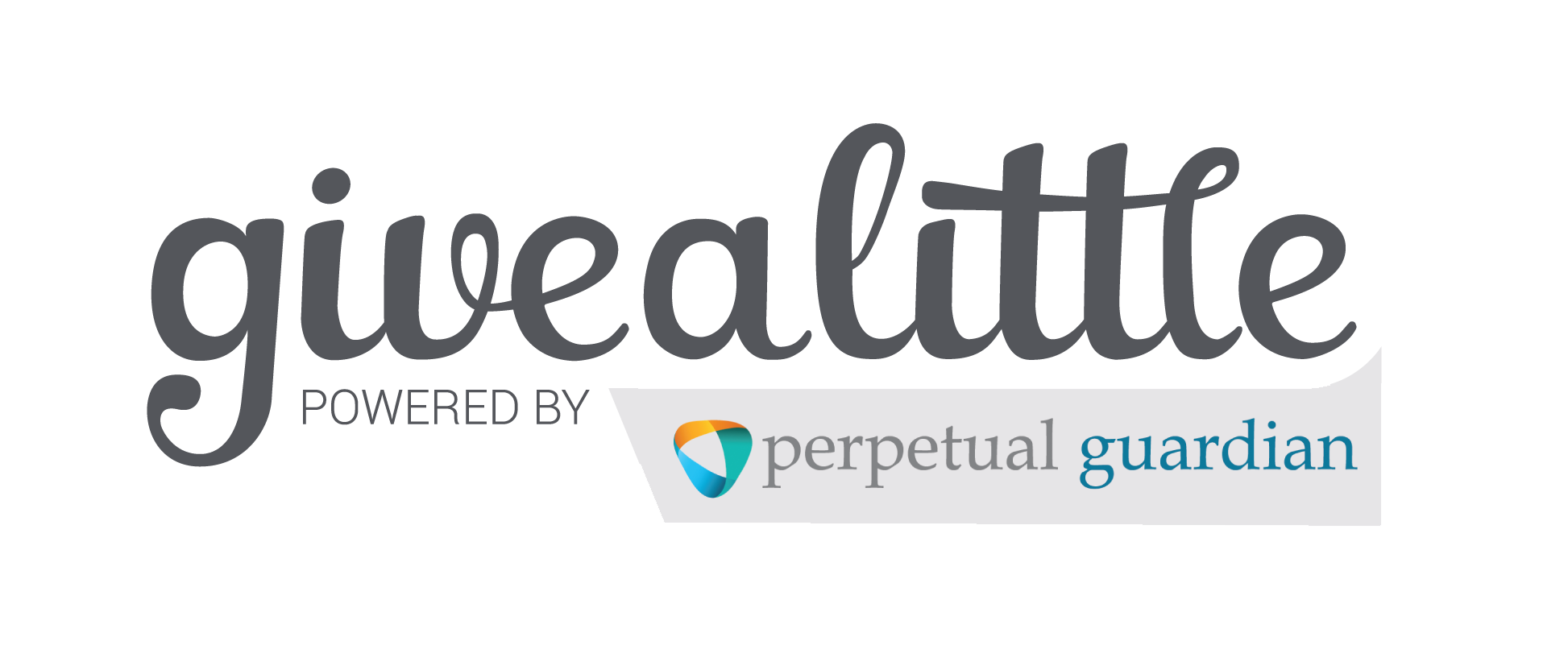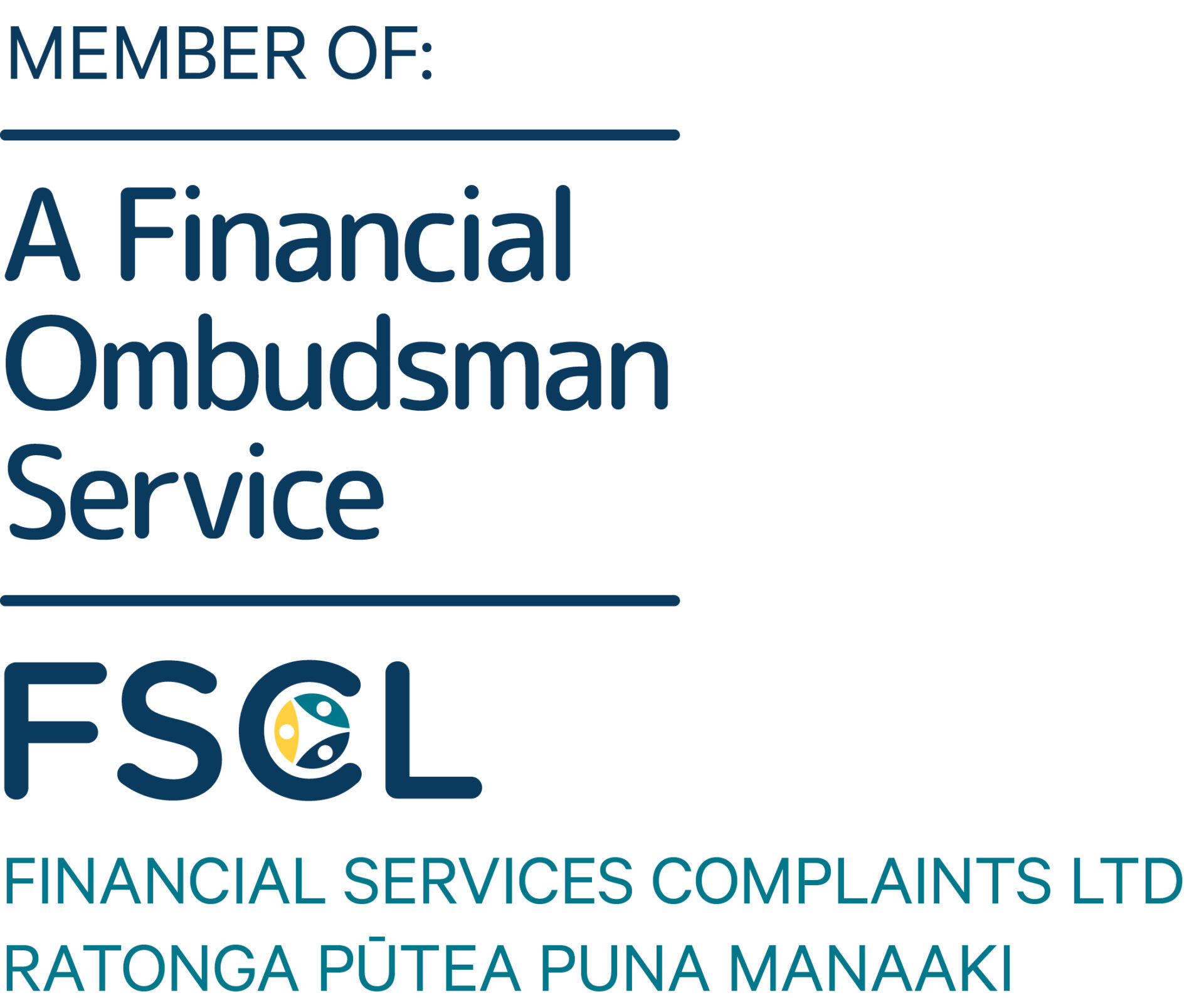February 2024
‘No man ever wetted clay and then left it, as if there would be bricks by chance and fortune.’ – Plutarch
Welcome to 2024, a new unwritten chapter that I trust will be full of opportunity and in the words of Jason Mraz “may the best of your todays be the worst of your tomorrows and may the road less paved be the road that you follow.”
Below is not supposed to be comprehensive look back and dissection of 2023 nor is it a list of bold predictions for 2024; instead, I aim to highlight some of the medium and long-term challenges that are occupying our thoughts but it is important to note that they are not set in stone and will morph over time but the core ideas need to remain in focus and where possible addressed.
With that said, 2023 was interesting! Risk assets (read equities) rose substantially, and bond markets ended the year with yields similar to levels at which they began the year despite a torrid six months between May and October. Most certainly, the year was punctuated with greater macro and market volatility than we have seen for quite some time and avoiding knee jerk, reactionary decisions was critical if one was to avoid unnecessary mistakes. Having enjoyed years of stability, the question to ask is whether the environment in which we invest will be altogether different to the years since the 2008/2009 Global Financial Crisis (GFC) or indeed the Pandemic and synchronised global shutdowns?
During years past, central banks have been largely successful in shoring up growth through loose monetary policy (pumping money into the economy) which has softened and smoothed the impact of various economic shocks. Rising productivity and capacity married with Chinese exported goods deflation limited this stimulus’ impact on inflation, lowered market volatility and shortened the ‘bad’ and lengthened the ‘good’ times without an accompanying and damaging spike in prices. Or at least that was the case until later in 2022 and all 2023. It would now appear that we find ourselves in a different place and whilst history is still a guide it is just that, a guide, and investors will need to adapt as events unfold – and that is where the quote from Plutarch enters.
Every day we are all bombarded with enormous amounts of information that shapes how we think and react, what we do well and what we do less so. Plutarch’s quote suggests that starting something is not enough and that achieving something substantive requires sustained effort and action because without either, success is unlikely. In the investment context, putting the work in will reap benefits over the medium to long-term and identifying structural changes will provide meaningful signposts for the road ahead. Investment is 95% perspiration and 5% inspiration.
The following highlights a few ideas of our long-term, big picture thinking and there is most definitely a common thread and that is inflation. The conquest of this silent ‘thief’ has preoccupied central banks and for good reason, it affects every single person, it does not discriminate. But can it be brought to heel in a way that will satisfy everyone through standard policy?
One of the biggest stories of 2023 was the continued strength in the jobs market despite the significant rise in interest rates, designed to slow the worlds’ economies. To some extent the strength – at least initially – could be tied to a rebound in economic activity in the aftermath of the pandemic but subsequently it has become evident that there may be a structural shift underway. That is, worker scarcity.
Some of the scarcity can be laid firmly at the feet of worker retirement driven by an aging population but I also suspect as a result of the pandemic and people simply not wishing to re-enter the workforce. But now, many months later and after the significant increase in interest rates, job vacancies are still running high and appear to be well in excess of labour supply. To be clear, I would still expect a slowdown in economic activity to lead to rising unemployment – early and anecdotal signs of which we have seen – but excluding an economic shock,
unemployment may not rise as it has done in previous economic cycles or be substantially delayed, especially with the return of worker mobility and migration.
An aging population brings many opportunities, but it also presents challenges. Healthcare would seem to be a primary beneficiary, but it may also present a constraint to economic growth over time as people exit the workforce leading to scarcity of worker supply, higher pay awards which in turn may drive inflation and potentially dampen company profitability without further and commensurate boosts to productivity. In addition, a shrinking workforce diminishes tax revenue, the lifeblood of government spending which may lead to reduced fiscal spending or increases in debt issuance which may see bond yields rise, an increase in debt servicing cost and of course it could also mean that the remaining workforce shoulders fiscal spending through a higher income tax burden.
Whilst a shrinking pool of workers is clearly an issue, it may not completely explain the gap between job vacancies and available workers. For example, if a hospital requires qualified nurses to ensure quality of care to patients and they are unavailable because of retirement or perhaps migration, then the time to close the gap is lengthy. Nursing is a highly skilled profession and even if salaries are sufficient to attract talent, the qualifications required to become registered take years, not months to attain. And it is not just in nursing either, bottlenecks are emerging all the time and as the world evolves, so do the skills needed.
Should we need evidence of this evolving situation, recent examples have been seen in US technology companies where entire teams have been retrenched as the initiatives on which they worked have been deemphasised, where their market or relevance has disappeared. Consider the advent of Artificial Intelligence or AI. Chat GPT swam into popular consciousness in late 2022 and started an AI race that has been ferocious and continues to accelerate. Hundreds, if not thousands of companies have spawned over the last 12 months, developing productivity tools aplenty. And workers with requisite skills to service the rampant growth in AI related endeavours are not available on every street corner.
That all feels rather doomsday, but it need not be seen that way. AI brings productivity benefits to mundane and repetitive tasks and companies that successfully embrace this emerging technology will enjoy financial benefits but in turn may be a source of rising unemployment. But the gaps in the workforce skillset will remain and need investment over the long-term. Ultimately, some of the concerns raised will be solved through human ingenuity but the situation clearly has investment implications whether they be near or longer-term in nature.
Climate change is another much discussed topic and can be quite polarising. Some investors address the issue by firmly excluding anything that may be ‘controversial’ from their investment strategy but as with AI, this topic continually evolves, and we believe a robust investment strategy requires a more flexible approach in its delivery. Recently we wrote that we believe a transitional approach to climate investment is more appropriate. I shall not dissect that in detail here but in essence it may be summarised as a method of constructing a portfolio that allows an investor to participate in companies with a clear goal of lowering their carbon footprint. In other words, the strategy does not penalise good companies with legacy businesses that have a defined and articulated goal to lower their carbon footprint with the goal to be carbon neutral by 2050. This does not necessarily mean hard exclusions; it means that companies may be held to account for their overarching strategy of which climate forms an integral part. Growth and climate change should not be seen as mutually exclusive, the companies that win will be focused on both.
Since the advent of the Paris Agreement of 2015 and the annual COP meetings, countries have continually moved their carbon initiatives and goals, reaching ground-breaking agreements to limit the warming of the world. This has seen trillions of dollars of investment and the creation of numerous investment strategies aimed at addressing investor imperatives. But the science continues to evolve as does human ingenuity and the path to deliver on the goals envisaged is uncertain. What is certain is the sheer amount of investment will be colossal and most likely skewed toward cleaner technology and companies, but it will not automatically exclude those companies that have a higher-carbon footprint. Indeed, they will almost certainly be part of the solution given any transition will not be smooth but more so because they have a vested interest.
With the situation in the Middle East sadly coming to the fore in October, concerns that there would be no significant agreement on climate change from COP 28 in November were abound. However, draft text released in December doused those fears with the first-time mention of fossil fuels directly and an agreement to ‘transition
away’ from them “in a just, orderly and equitable manner, accelerating action in this critical decade, so as to achieve net zero by 2050 in keeping with the science.” Whilst this text was a compromise from the first release that used the words ‘phase out’, it remains a significant step in the right direction.
Of course, this is an oversimplification of the achievements of COP 28 which also included an agreement to fund a ‘loss and damage’ fund to ‘to help world’s poorest and most vulnerable countries hit by climate disaster’.
These are great steps forward, but it would be folly not to recognise the significant amount of ‘energy’ and goodwill it shall take for all 198 countries to move forward in unison, especially so given the disparate nature of their respective economic activity, their goals, and their overall impact on the climate. And whilst it should be a secondary consideration, the cost of the transition will present its own obstacle to co-operation and has the potential to manifest itself in execution missteps. As with the aging population, this critical topic will present opportunities over the years ahead but ‘how it will be financed’ and provide investors with a return is still a consideration. Some of the opportunities are obvious however, as the science and technologies evolve, there will be many opportunities yet unknown.
This year will be the biggest election year in history, if not by number most certainly in terms of population affected. Seven of the ten largest democracies – Bangladesh, India, Indonesia, Mexico, Pakistan, Russia, and the United States – all head to the polls and in total, more than half of the worlds’ population or four billion people will be affected and two billion are headed to the polls. Some of those will be shams whilst others will entrench authoritarian government and other centralist governments may move starkly to the right. No matter how they play out the changing political landscape has the potential to shape the investment narrative over the short and longer-term.
On the global stage, the most important of these elections is almost certainly that of the United States where a repeat of the showdown between Biden and Trump looks almost certain. Whilst there are 9 months to the Presidential election, the conversation on the candidates’ campaign trail will be sufficient to affect asset prices.
When the series of primaries in the US finally unearth and endorse the nominated candidates for both the Democrat and Republican parties, their rhetoric will create ripples that will need understanding. For example, Donald Trump is staunchly against the Inflation Reduction Act or IRA. The reasons for this are relatively clear, the IRA presents significant tax breaks to companies that invest in clean energy and climate change, the IRA opens the door to tax increases for companies and rich individuals, expands subsidies to the Affordable Care Act and that Trump favours smaller government and less spending especially if it proves inflationary.
On the latter point, Trump has appeared to desire the dismantling of the ‘Deep State’ through the reissuing of his 2020 executive order known as Schedule F. This would allow the reclassification of employees and remove protections which may lead to mass redundancies, especially to those that have been touted as ‘corrupt bureaucrats that have weaponised the justice system’. After all he is currently indicted in four criminal cases encompassing 91 criminal offences and believes they are aimed at keeping him out of the Whitehouse. Without going into detail, other areas that may see significant action are trade (tariffs), foreign policy (Ukraine war and funding), energy (ramping up of oil drilling and tax breaks under the mantra “Drill, Baby, Drill”) and education. Many of the more controversial items may end up in the courts and the House and Senate can bog down policy too. Joe Biden on the other hand is almost certainly on the opposite side of the coin and there seems to be little common ground.
With the clock ticking toward the November 5th election, governments and companies are bracing themselves for what will almost certainly be a divisive campaign with far reaching implications.
Elsewhere, the European Parliament (EP) will see 705 seats in 27 member states up for re-election and whilst several years ago this was less impactful this is most certainly not the case today. Indeed, it is anticipated that the EP will see a major shift toward the right, away from its finely balanced centre left/right membership now. Whilst the right is not expected to form the majority (this time), some forecasts suggest we could see up to 25% sitting toward the far right and this too will have implications for policy. Most certainly, in the medium to longer-term the rise of the far-right needs watching as they may grow further in popularity and form governments in coalition. How does the centre left or right address this shift in the political landscape, do they shift or form alliances? But it is not
single sided, suggestions – no matter how unlikely – that the Christian Democrat Union of Germany were considering forming an alliance with the Alternative for Germany (AfD) party witnessed well attended protests and are staunchly denied.
The rising popularity of the right has the potential to shift investment markets and create alternative winner and losers. Generally, it would appear the European right movement presents investors with climate change scepticism and their increasing proportionate representation could cause a substantial shift or delay in agreement of climate policies that emanate from Brussels. Should that dovetail into policy change in the United States, this may present climate change difficulties over the lifetime of the spheres of influence but ultimately the speed of change in the production of energy and other contributors to green house gas emissions should prevail, but delays are costly and, in more ways than one.
Few will have failed to have noted the significant moves in equities and bonds during the last quarter and it was most certainly welcome after nine months of churning. But the question of whether they have moved too far and too quickly and need to correct needs to be answered. Bond investors have been pricing a lowering of interest rates in contrast to the rhetoric from the central banks for some time and equity investors have been pricing an economic soft landing where company profitability remains robust, and they have felt the warm embrace of confirmation from the fixed income investors too.
There are risks and whether the economy falls into a mild recession or not is becoming a moot point. To some extent the worlds’ economies are still benefitting from the pandemic recovery but it would also be folly not to recognise there are some outstanding questions that could see growth falter or run at a rate lower than we have hitherto become used too.
It would appear we have a structurally smaller workforce and a skillset air pocket, a weaker economy in China, a shifting political scene and enormous electoral change, protectionist policies in trade, climate related transitional hurdles and spending and significant levels of debt that require financing. Many of these continue to push at the rate of inflation and whilst it will most certainly decline, it may not be as stable as it has been for the last 15 or so years and that may ultimately require structurally higher interest rates over time.
Higher interest rates may conjure thoughts of financial pain and falling investment markets, but this need not be the case. Investment markets do not like uncertainty, but they generally adapt quickly and where there are periods of negative returns these are usually and thankfully short. Clearly, there are times when the investment environment shifts in a way that requires the investor to adapt and we continually look for structural changes that may require a rethink. It is only by questioning the status quo and our own views through critical thinking that we will unearth these changes, and this letter is all about that endeavour. Whether the economy is forging ahead or in a period of malaise can sometimes present false flags and response that presents opportunity cost. After all, looking backward and comparing investment returns since we last saw spikes in the inflationary environment shows that the patient investor has been rewarded. The recent period of inflation in New Zealand saw it rise to levels not seen since the 1990’s and surpassed the peaks of ’95, ’08 and 2011. But, over these periods, equities have provided returns of 1,850%, 1,640%, 359% and 312% respectively. Sometimes the road can be rocky but clear thought and a long-term horizon are your friend.
Tim Chesterfield
Chief Investment Officer
Perpetual Guardian Investments
February 2024








